
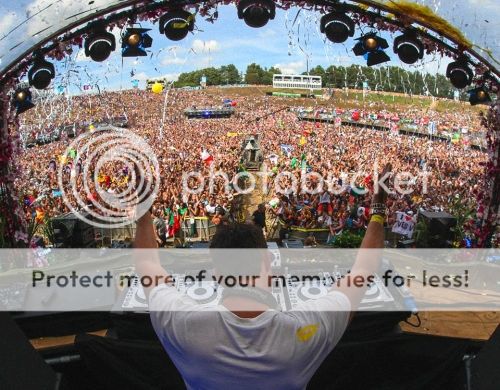
Let me preface this article by outlining my motivation for its construction. As one of EDMTunes’ authors so succinctly put it, in the scope of the burgeoning electronic music scene in the United States…I am a “rave dinosaur.” My earliest memories of my initial foray into electronic music include 80’s new wave/electronic-infused popular music such as New Order’s “Blue Monday,” Paula Abdul’s “Opposites Attract,” and Bananarama’s “Venus.” Whoa, I know I went over a lot of your guys’ heads there…but I am just trying to set context.
Then as the eurodance era of the 90’s hit, I was full-on into groups such as Real 2 Reel, Cece Peniston, Real McCoy, La Bouche, Ace Of Base and the like (think…ESPN’s “Jock Jams”). I would occasionally shift my musicality focus to other genres such as alternative rock and emo “skate punk,” but dance music always fell closest to my heart.
Yeah, Americans clearly weren’t with the program back in those days, and instantaneously discounted any type of music that they weren’t forcibly subjected to via the radio airwaves. Clearly, though, times they have a changed. But it also begs the question: Why was America late to the dance party? Additionally, why the explosion of interest now?? This line of questioning is what I hope to touch on within this editorial on the lag time of new cultural experiences taking effect in the United States (in relation to electronic dance music, clearly).
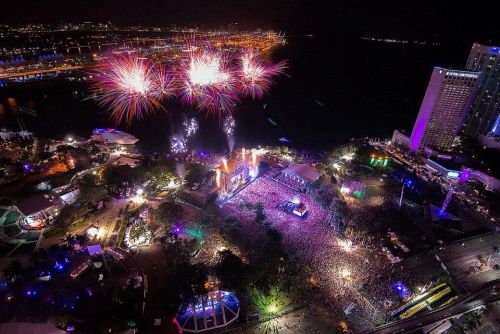
Industry-wise, “electronic dance music” as a blanket term has been around since the 1980’s. However, this blanket terminology was mainly only well-known beyond the borders of the US, and even those fans of the genre in the US were written-off (or forgotten about) in the scope of being a legit market, just because the popularity (or rather, the monetary interest) didn’t exist in the mainstream at the time.
As time progressed, so did the number of visible electronic music producers. Now-immortal names such as Daft Punk, The Chemical Brothers, Fatboy Slim and The Prodigy made massive headway into MSR (mainstream radio) in the 90’s and had occasional radio hits with this so-called “techno” style of music. People may have liked to dance around like fools to “Smack My Bitch Up” or “Around the World”, however a sense of respect for the music lacked in those same people (just like in those old school Jock Jam advertisements). This “techno” music was seen as a fleeting style of production…not “real music”…a flash-in-the-pan novelty. This, however, is a strange position to take because many of the sub-genres of electronic music have their roots in the US (Detroit-style actual techno and Chicago being the birthplace of real house music).
However, what attributed to the rise of “that techno music” from being played in skeezy underground clubs/legit old-school raves to the explosion (and eventual cultural acceptance and embrace of) EDM in legitimized (and aggressively advertised) forms such as the massive festival/pool party/upscale club explosion in the US we are seeing today?
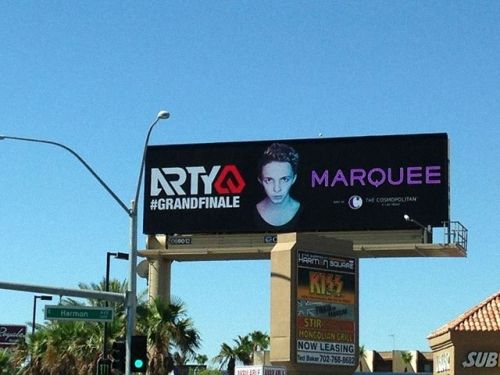
Many are paralleling the EDM-explosion to what hip-hop was for the 1990’s, to what rock-and-roll was for the 50’s and 60’s, and what jazz was to the 20’s. A counter culture-movement fueled by the foreword-thinking youth of the times…a sort of fractal growth of an idea that has been around since the beginning of post-industrial social culture.
However, along with the new cultural explosion in the youth market echoes of prior over-protective parental (and older generations) worries such as concern about kids being up all night dancing while using controlled substances, and people outside of the culture not understanding what it’s all about, has contributed to negative-opinions being formed of electronic music as a whole (from outsiders). But, when we feel unrightfully and unjustifiably-attacked via mainstream media outlets *cough*Wendy Williams*cough* we have to remember that the trailblazers of the jazz, rock-and-roll, and hip-hop explosions suffered the same initial misunderstandings. It is now our responsibility to teach the EDM-newcomers and the outsiders-looking-in just what “rave culture” is really about, and not just what it appears to be. At the same time, we have to BE the vibe as well.
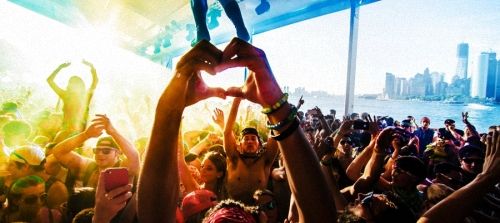
Now that the history base has been established…why now? I think that the sheer staleness of popular music on MSR in the US was a major contributor of sparking the initial EDM expansion in the US market. Think about it: variations of the same beat patterns stuck in a cookie-cutter box of a singular homogenized genre (pop) created by a handful of Hollywood music producers has saturated the airwaves for more than a decade. The audience begins to get bored with over simplified methodized releases being played on the radio (at least) twice every hour. Those same big wig producers start seeing interest wane in addition to their sales declining…and that hits them where it hurts most: their wallet. So where do they turn to spark interest in their creations again, to look for motivation? Clearly, most of these said producers have little creativity to begin with or they wouldn’t have been in this boat in the first place…so they look for inspiration in a genre that’s been steadily making waves (and holding interest) internationally for the past 20 years or so (but has been largely untapped in the U.S.) – electronic dance music.
The issue at the time was how to adopt this “techno” sound into a legitimate revenue-building machine. One of the first dance-pop breakthroughs of recent memory was Lady Gaga “Just Dance,” and let me say…no, I am not a “little monster,” but you have to give credit to the track for its infusing of dance music aspects into a popular music format. The massive success of the track opened up the stagnated music industries’ eyes to the boons of utilizing electronica and the floodgates opened. Complete with support from industry-tried names such as Britney Spears (whose songs usually already featured danceable aspects) with “Hold It Against Me,” producer Max Martin (of 90’s boy-band fandom) and Ke$ha’s electronic music inspired “Tik Tok,” dance music was primed for a stateside resurgence of epic proportion.
I remember hearing all of this trickling out on the radio and thinking to myself, “It’s here: electronic music is finally going to blow up in the US…” My collegiate prediction had become a burgeoning reality. Additionally, by slipping in samples of EDM tracks in other MSR releases (via artists like Flo Rida and Kanye West *and I am withholding personal comment from this whole ordeal, because that’s the topic of a whole other editorial…*), mainstream producers began to tailor the radio-only listeners’ ears to multiple layers of beats while they were busy rebranding the genre behind the scenes…and thus, EDM was born.
Back in the day, if you couldn’t get to NYC or LA to catch a live DJ set you were S.O.L. because those were the only major draws for international DJ’s…since there was no market for them to come to otherwise in the US. This sheer change in accessibility to the music that I loved, in addition to the spread of good vibes and PLUR feels at these live shows popping up everywhere was greatly appreciated and welcomed. Even at the expense of losing “Love Don’t Let Me Go” David Guetta to the shell of a producer seen today *ok, Matt, thats another editorial too…*
Along with any surge in interest in any topic, the fans were divided among the old guard and the newbies: the trance Tiesto followers vs. the bandwagon Skrillex followers. However, this divisiveness is completely contradictory to the values of the PLUR rave culture, and more and more are becoming aware of this…and self-awareness is key in preventing any newly formed “bubble” from popping.
There are 2 sides to the scene currently: the divisiveness you see through social media comments, and the sense of oneness that is experienced at any electronic music festival or true electronic music show. As with any medium, the aggressive naysayers are always the loudest voices, but that doesn’t mean you have to pay them any attention, participate in perpetuating the negativity, or let them color the scene as a whole in a negative light. I have met some of the most forward-thinking, intelligent people throughout my pilgrimages to EDM shows across the country, no matter the location. It’s a breath of fresh air! Additionally, there is no place for ageism either…because I have met 19 year-old ravers with a more mature life outlook than some 40 year-olds I know in everyday life.
There is something about the multiple layers of beats, unexpected drops, and the communal almost-family feeling that fans share while attending shows together (and listening to in their everyday lives) that seems to spur neuron growth in people’s brains. It’s amazing in all honesty. In a world where awareness of both self and a widened perception inclusive of surrounding souls appears to be the exception to the rule…among EDM fans it tends to be the rule (or one of the rules) among the overwhelming majority. Again, refreshing.
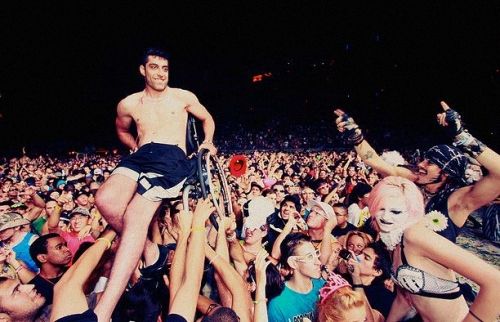
This brings me to my final self-question: why has the youth generation embraced EDM with such wide and open arms? Being a follower for quite some time, I ask myself…why the youth generation now? Why not when I was that age? In my heyday, hip-hop was the big “eff you” to society that youth utilized for the most part – however I always got too much of an aggressive feel from that style, so I shied away from it. I think that the youth of today have found their own style of “eff you” to society: raving beyond control outta your mind for 3 days straight…unleashing any and all frustrations via this release, while in turn bonding with fellow kindred spirits and forming stronger friendships with like-minded ravers than people you have been friends with since grade school. Dance music is multi-purposeful and quite conducive for both healthy physical release and sitting back and chilling. Dancing away frustrations and forming real friendships.
As far as the physical/angst release aspect goes, I’ve dubbed this sensation The New Release. The New Release is a healthy outlet for all those killer everyday life problems we all face at one time or another. What better way to turn the table on all that annoying life crap than to channel all that discord and annoyance and anger into “raging” out of control to some Sub Focus, allowing some of Adventure Club’s dirty wubs to vibrate away your daily worries, or “trancing out” to Armin while rising above all your now-seemingly insignificant life issues? None I say. And on top of that, bonding with fellow like-minded souls and making lifelong connections with them in one of the most forward-thinking social conglomerations (that I’ve been able to find, at least) on the planet? Winning.
That quintessential facet is what I think is the singular aspect that the electronic music explosion has Above & Beyond (see what I did there?) all aforementioned cultural explosions (maybe outside of Woodstock’s rock-and-roll era). The singular communal aspect is what will allow the scene to continually grow and evolve…complete with the acceptance of new people, different backgrounds, and alternative viewpoints. No other social movement beyond the “hippie” sub-culture had its roots in such ideals, and certainly no musical genre like pop or hip-hop. We are the trailblazers…with a fresh outlook on the world and others around us. Let’s embrace that and spread that feel. EDM is a scene whose ethos basically boils down to acceptance and having a good time, which are attributes that are applicable globally and universally.
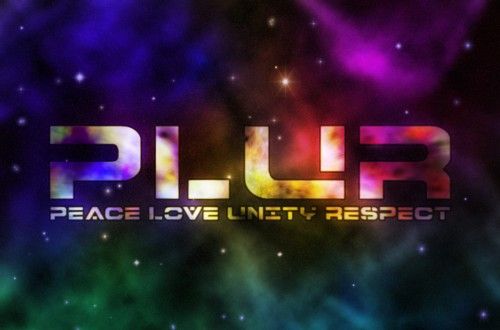
EDM is now truly, a global phenomenon…another thing that cannot be said for any music genre in the past…aside from classical, maybe. So the US may have been late to the dance party, but Americans tend to like to make an entrance (albeit kinda like that messy drunk stumbling loudly into the room). To those who think the US is destroying electronic music: how about instead of (possibly-rightfully-so) condemning us for the proliferation of the cookie-cutter big room festival-style house B.S. dominating the Beatport Top 10 and other negatives arising in the electronic music world in the past couple years…educate the newcomers on the depth of the genre to help those new fans open their eyes beyond the likes of the most visible producers in the game (to help them get past what the mainstream feeds them), while at the same time explaining what the scene is all about at heart. Teach them to think and seek out! We were all new to EDM at some point and there are enough sub-genres to go around…we can all have opinions and preferences without resorting to cross-genre elitism.
As a journey looking back, I can say I am absolutely proud of where electronic music is in America today. Everything goes through growing pains at first, but what proves strength of character is how you choose to handle those pains. As illustrated, EDM has evolved and grown through many different stages throughout the years which serves as proof that any “bubble” analogy floating around is unfounded…evidenced by EDM’s own past and culture of updating and progressing on its own, outside of any mainstream cultural pressure. However, along with this constant progression comes responsibility as well; where do you place your focus? Your focus drives what you get out of the genre, as in life in a greater sense. So keep that in mind next time someone at a festival asks you if Armin van Buuren is “David Gooetta.” We all gotta start looking at those situations as an opportunity to educate…not hate, or judge, or condemn, or belittle. EDM is built on the principles of acceptance, unity, and oneness: so let’s take that positive road of development…not the mainstream’s beaten path of negativity and derisiveness.
Knowledge is power. Sharing is caring. (Peace, Love, Unity, Respect) peeps, live it…love; and the rest of the world will come to understand (and eventually feel) what we feel.
per request – inspirational sources for this piece:
“How Rave Music Conquered America”
“Will America’s Love Of Dance Music Go The Distance?”
‘Why Mainstream America Was Late To Dance Music”


